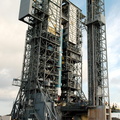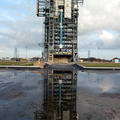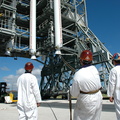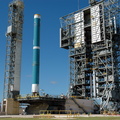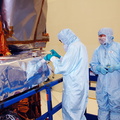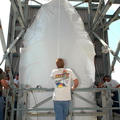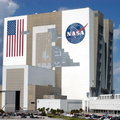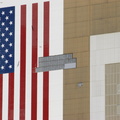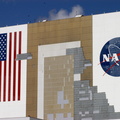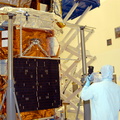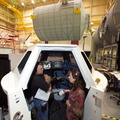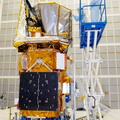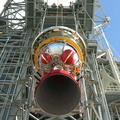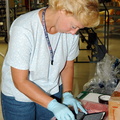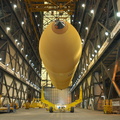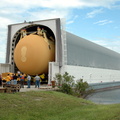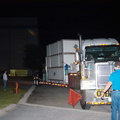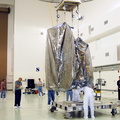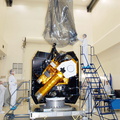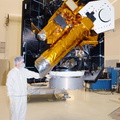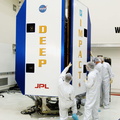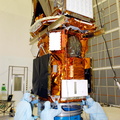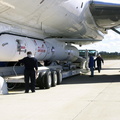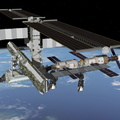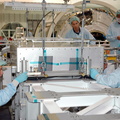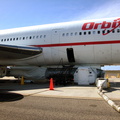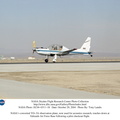
WIKIARCHIVES.SPACE
The Human Spaceflight Archive

Information
- Taken in
- Kennedy Space Center
- Author
- NASA
- Description
- At Astrotech Space Operations near Kennedy Space Center, an overhead crane lowers the Deep Impact spacecraft onto a stand after removing it from its shipping container. The spacecraft will undergo functional testing to verify its state of health after the over-the-road journey from Ball Aerospace and Technologies Corp. in Boulder, Colo. This will be followed by loading updated flight software and beginning a series of Mission Readiness Tests. Deep Impact, a NASA Discovery mission, will probe beneath the surface of Comet Tempel 1 and reveal the secrets of its interior. After releasing a 3- by 3- foot projectile to crash onto the surface, Deep Impacts flyby spacecraft will collect pictures and data of how the crater forms, measuring the craters depth and diameter, as well as the composition of the interior of the crater and any material thrown out, and determining the changes in natural outgassing produced by the impact. It will send the data back to Earth through the antennas of the Deep Space Network. The spacecraft is scheduled to launch Dec. 30, 2004, aboard a Boeing Delta II rocket from Launch Complex 17 at Cape Canaveral Air Force Station, Fla.
- Created on
- Monday 18 October 2004
- Source link
- https://science.ksc.nasa.gov/gallery/photos/2004/captions/
- Visits
- 51
- Rating score
- no rate
- Rate this photo
- License
- CC BY-NC-ND
- Modified by WikiArchives
- No (original)
- Downloads
- 0
Powered by Piwigo






